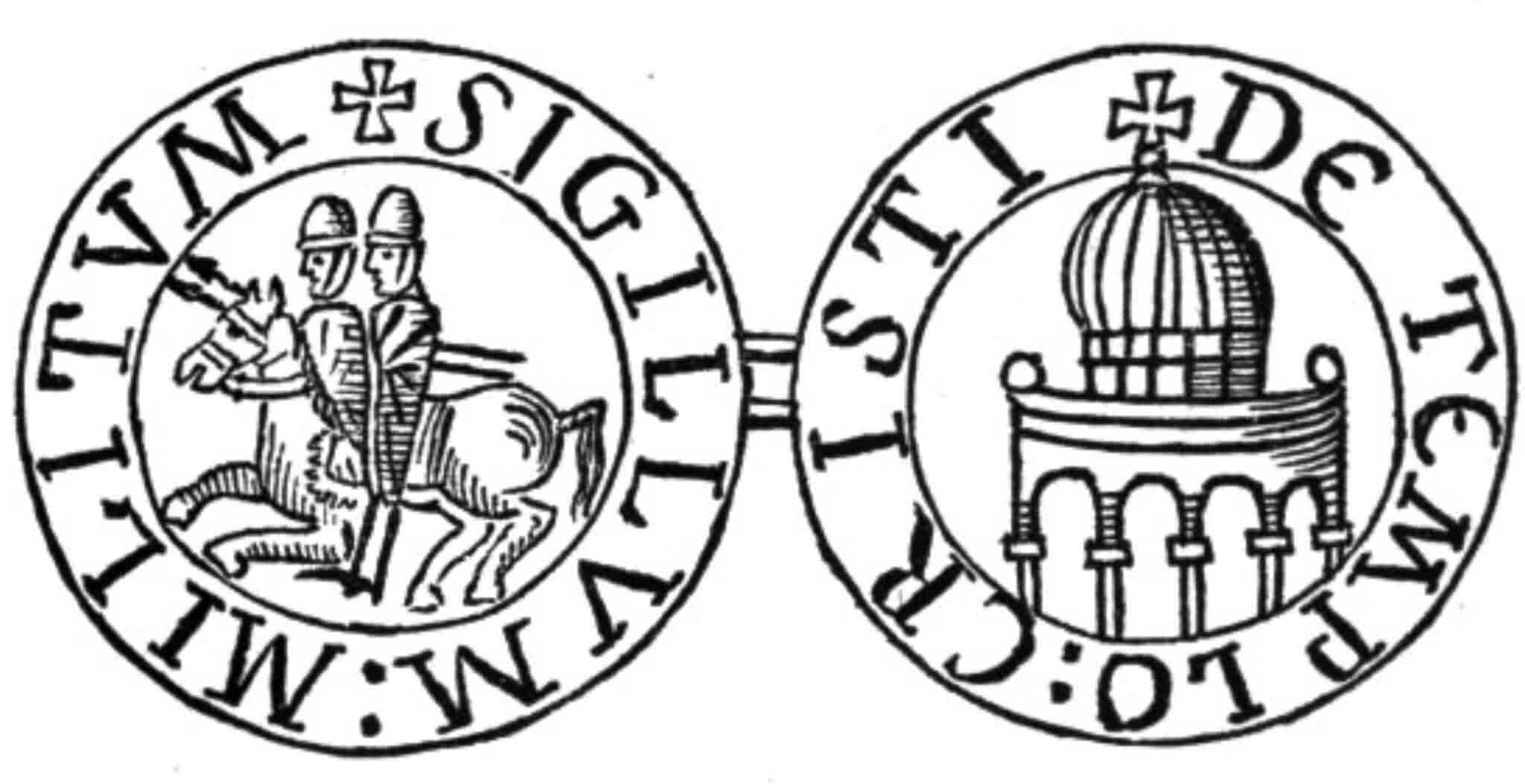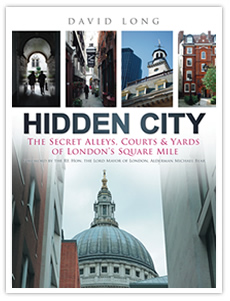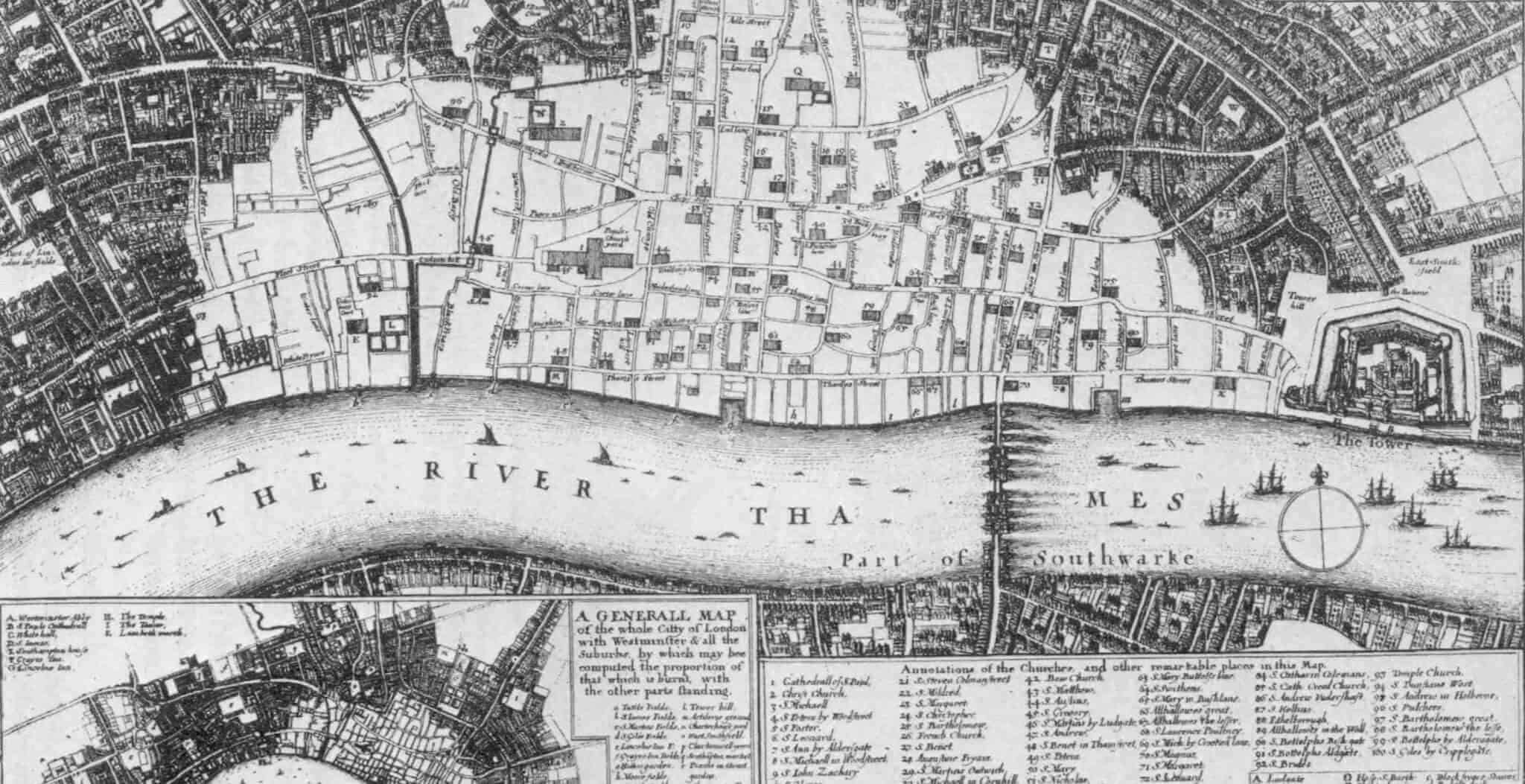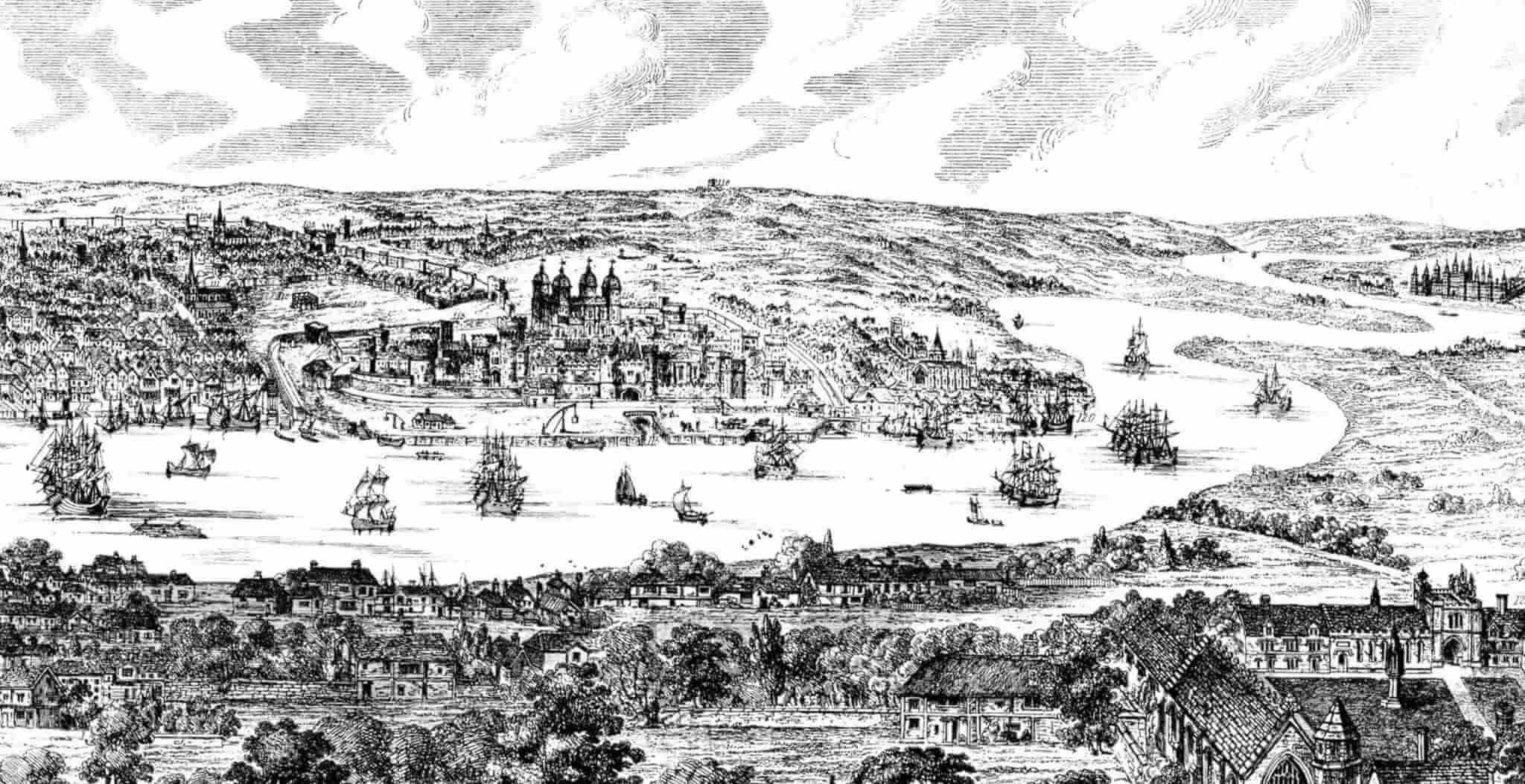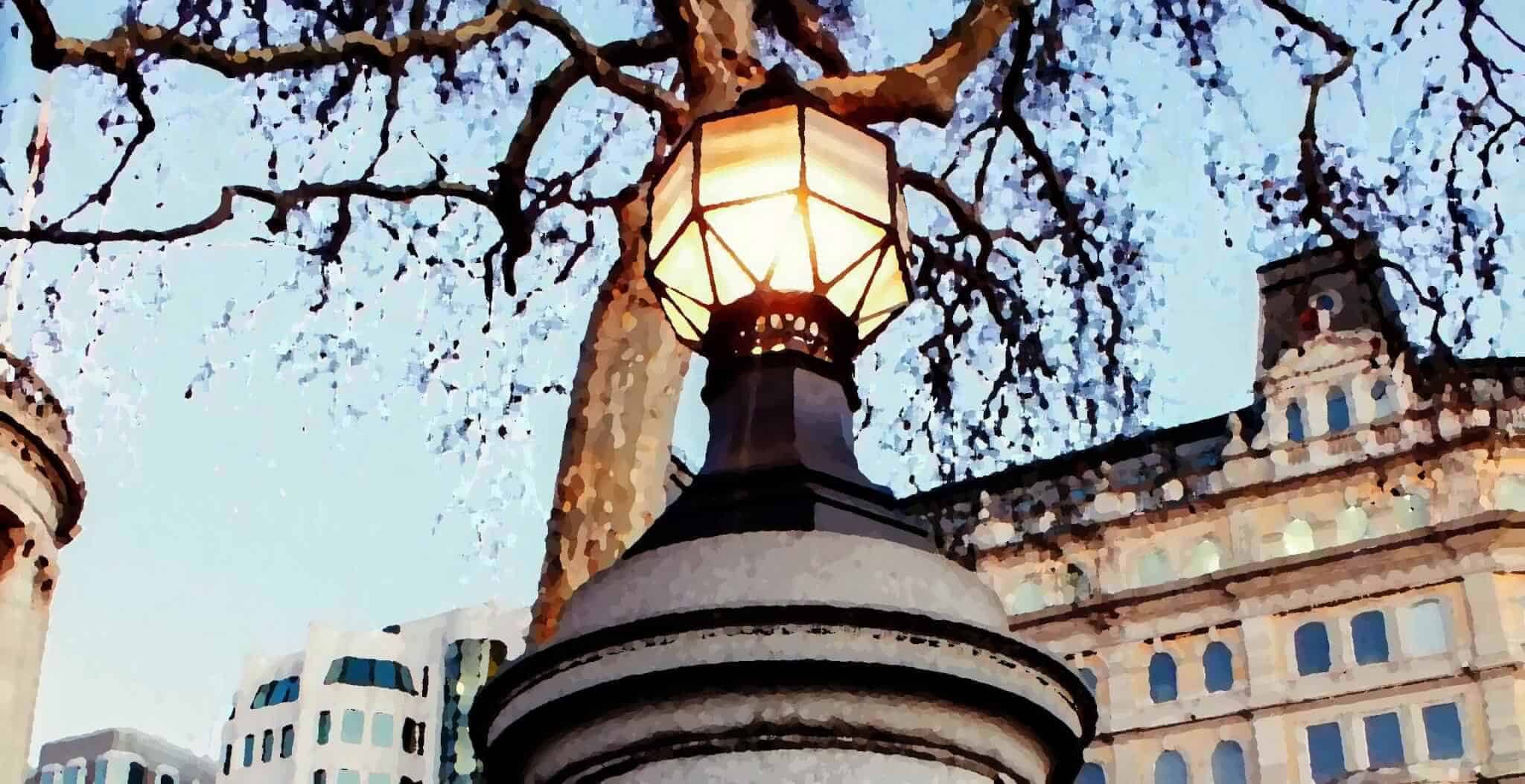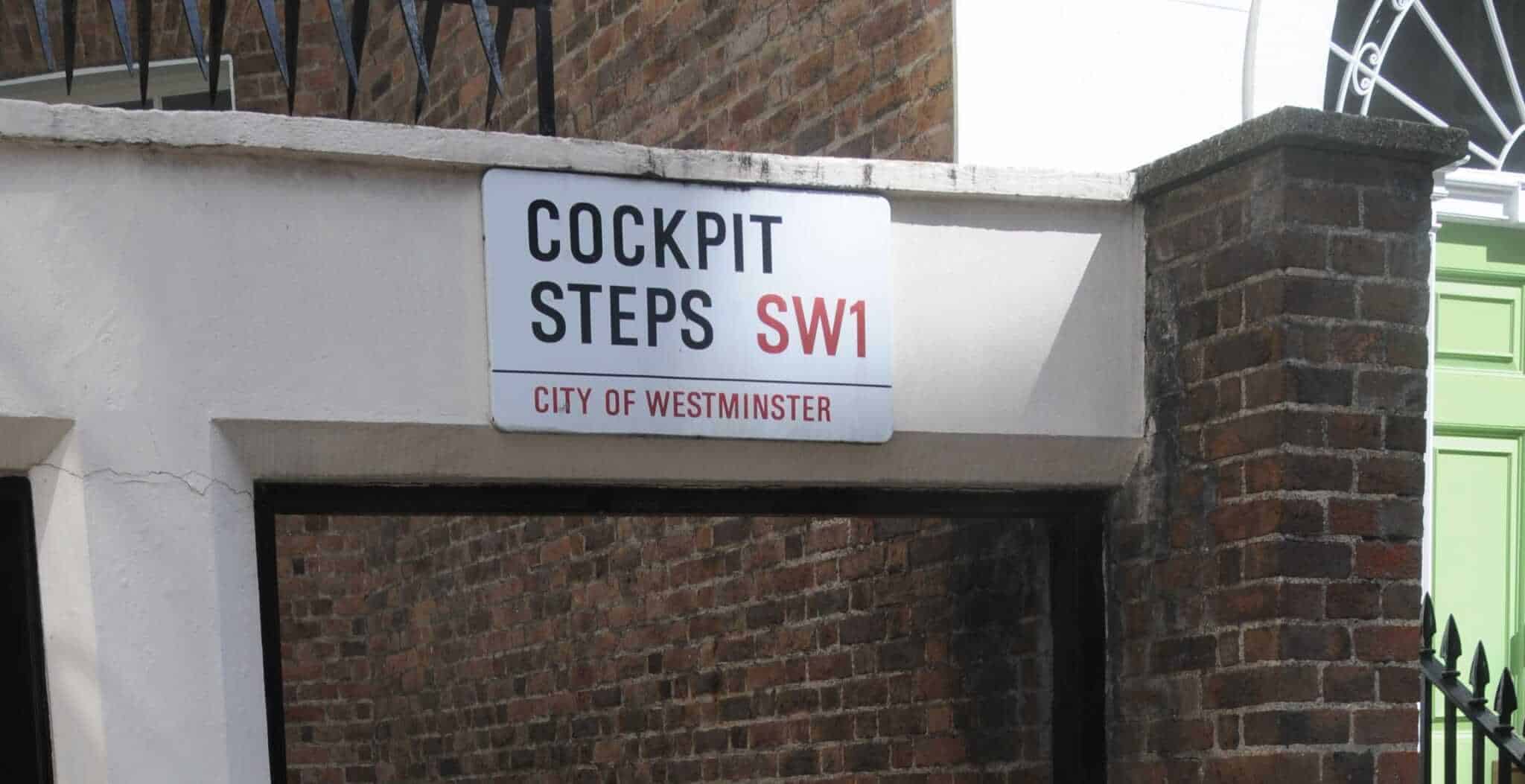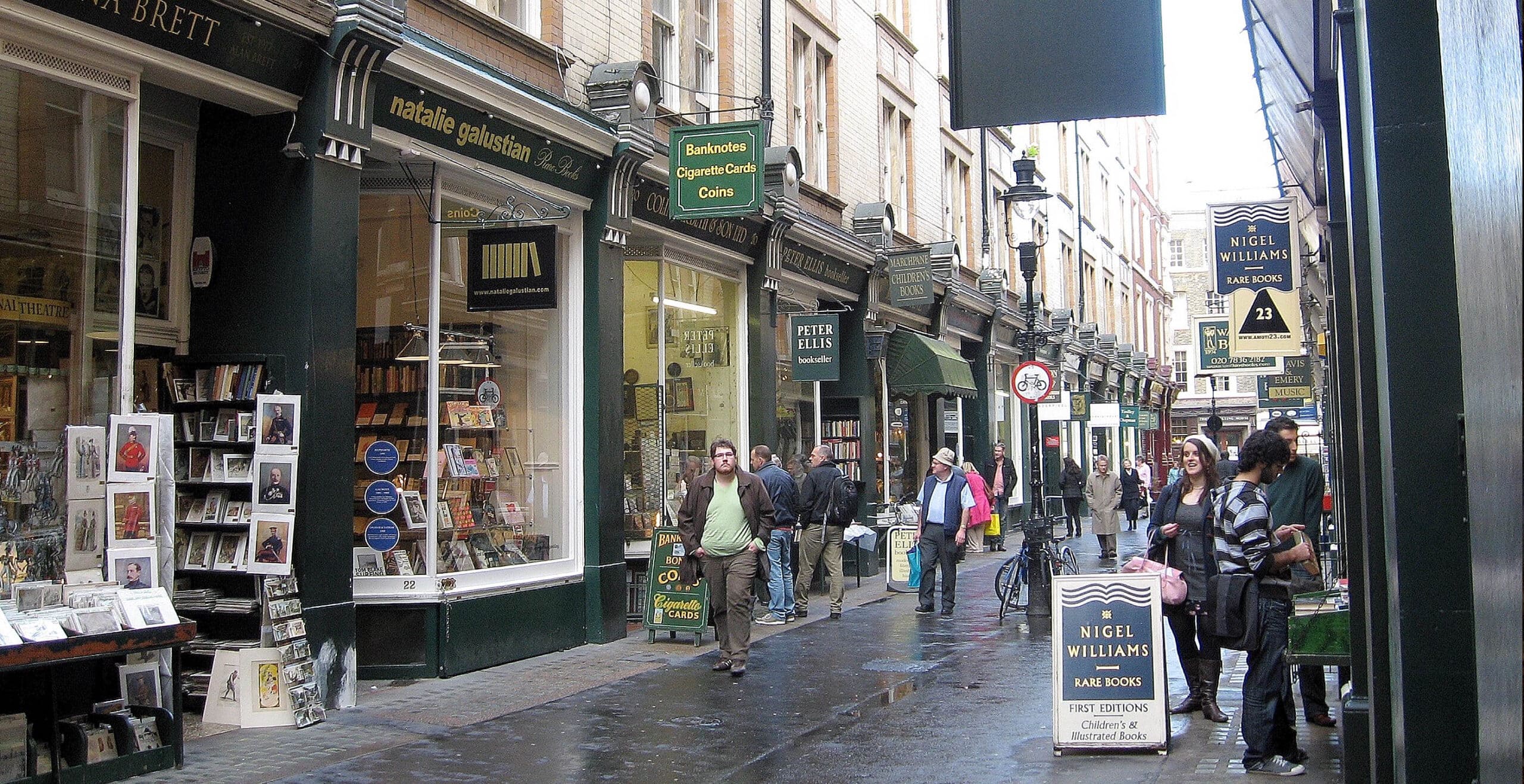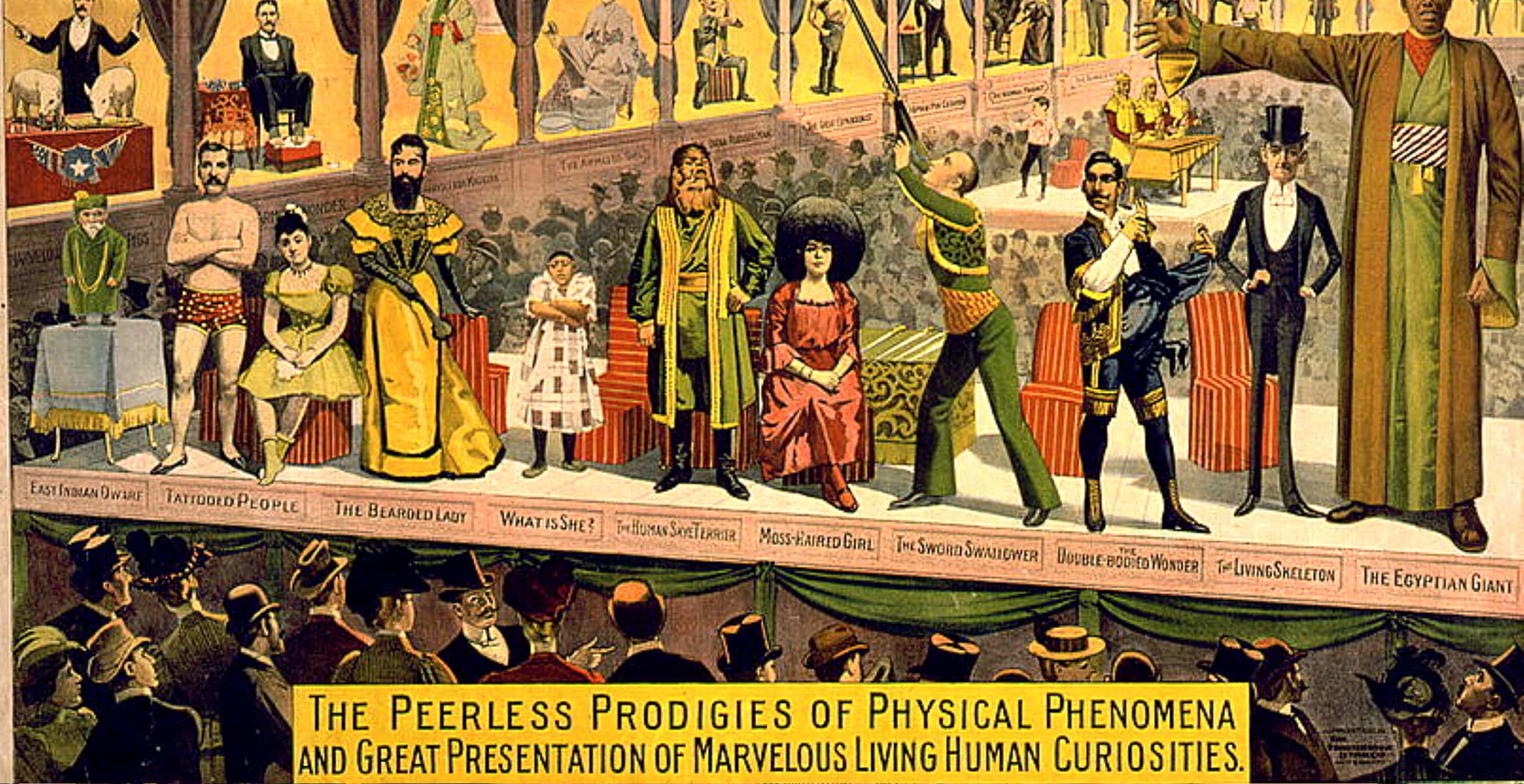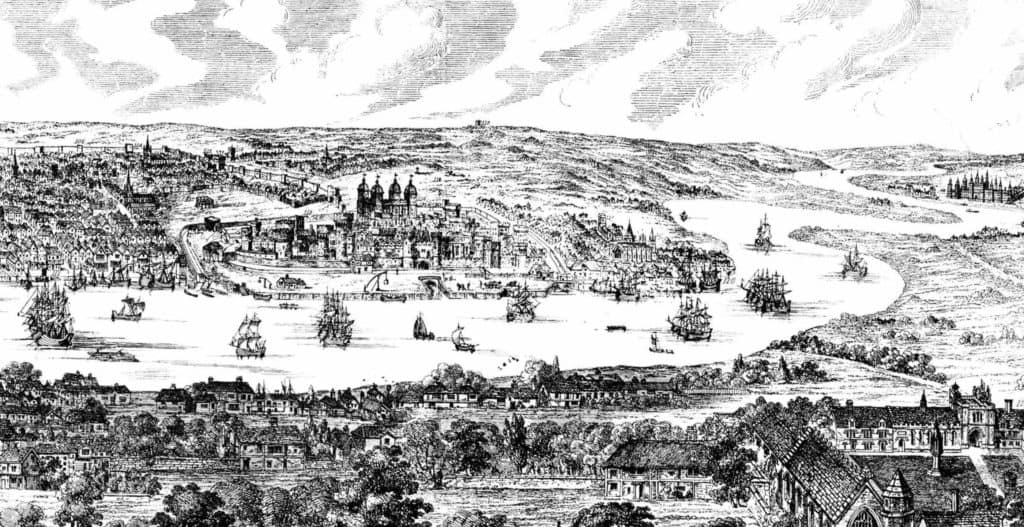Whilst it is always a pleasure to wander through London’s leafy legal enclaves, the highlight of any walk up Inner Temple Lane is without doubt the gatehouse at its northern end. A unique survivor of the Great Fire, and as such the City’s sole surviving timber-framed Jacobean townhouse, it was nevertheless subjected to many centuries of abuse and was not rescued and restored until barely a hundred years ago.
Originally part of the great 12th century estate of the Knights Templar, the stone gateway beneath the largely Jacobean structure was eventually taken over by another order, that of St John of Jerusalem (aka the Knights Hospitallers) who leased this and much other accommodation in the area to lawyers operating in the area south of Fleet Street. For a while part of the building was a tavern, the Hand Inn, later renamed the Prince’s Arms in honour of James I’s short-lived son, Henry (1594-1612), who had recently become Prince of Wales.
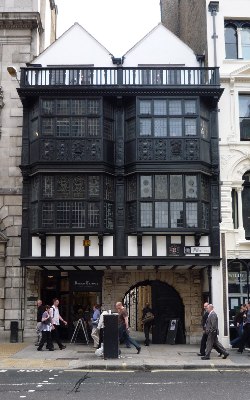 Having survived the fire, and been renamed The Fountain, the premises were then leased by a Mrs Salmon to house her popular collection of celebrity waxworks. From 1711 until well into the reign of Queen Victoria, Londoners queued to see exhibits which included a clockwork waxwork which would kick passers-by, another wax depicting the execution of Charles I, and that of ‘Hermione, a Roman Lady, whose father offended the Emperor, was sentenced to be starved to death, but was preserved by sucking his Daughter’s Breast’.
Having survived the fire, and been renamed The Fountain, the premises were then leased by a Mrs Salmon to house her popular collection of celebrity waxworks. From 1711 until well into the reign of Queen Victoria, Londoners queued to see exhibits which included a clockwork waxwork which would kick passers-by, another wax depicting the execution of Charles I, and that of ‘Hermione, a Roman Lady, whose father offended the Emperor, was sentenced to be starved to death, but was preserved by sucking his Daughter’s Breast’.
By 1898 the exterior was decidedly dilapidated, its frontage boarded up, the ancient timbers covered in successive layers of paint, and a new tenant offering passers-by haircuts and steam-powered hairbrushing Fortunately the principal room above the main gateway had survived unharmed, however, complete with elegant panelling and an elaborate Jacobean plasterwork ceiling incorporating flowers, three feathers and the initials P.H. for Prince Henry, Prince of Wales.
Whilst there is no documentary evidence to suggest a personal connection with the Prince (nor indeed the Victorian barber’s claim that it was ‘formerly the Palace of Henry VIII and Cardinal Wolsey’) the belief persists that in ancient times it served as the council chamber for the Duchy of Cornwall. Today it is a small museum, housing an exhibition of artefacts on loan from the Pepys Society which can be viewed most weekday afternoons.
© David Long
for Historic UK Ltd.
Tours of Historic London
Find out more about this great city by browsing our Selected Tours of London.
